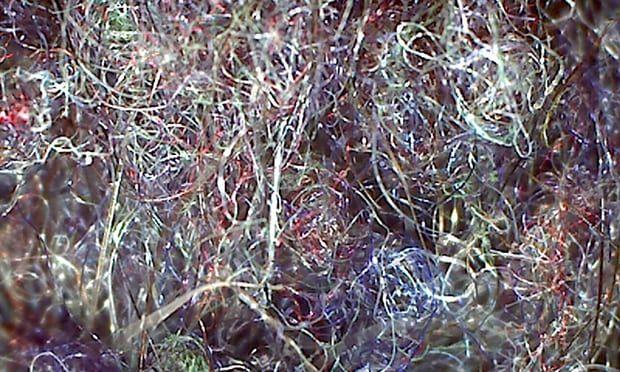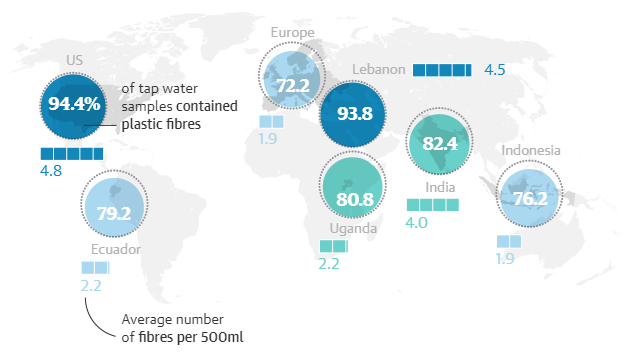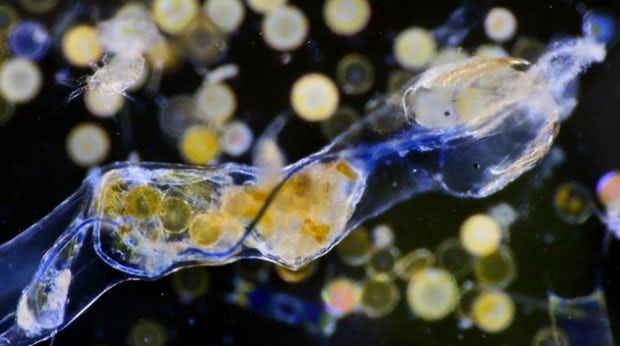Plastic Fibres Found in Tap Water Around the World
Published on by Water Network Research, Official research team of The Water Network in Academic
Tests show billions of people globally are drinking water contaminated by plastic particles, with 83% of samples found to be polluted.
Scores of tap water samples from more than a dozen nations were analysed by scientists for an investigation by Orb Media, who shared the findings with the Guardian. Overall, 83% of the samples were contaminated with plastic fibres.
The US had the highest contamination rate, at 94%, with plastic fibres found in tap water sampled at sites including Congress buildings, the US Environmental Protection Agency’s headquarters, and Trump Tower in New York. Lebanon and India had the next highest rates.
European nations including the UK, Germany and France had the lowest contamination rate, but this was still 72%. The average number of fibres found in each 500ml sample ranged from 4.8 in the US to 1.9 in Europe.
The new analyses indicate the ubiquitous extent of microplastic contamination in the global environment. Previous work has been largely focused on plastic pollution in the oceans, which suggests people are eating microplastics via contaminated seafood.
“We have enough data from looking at wildlife, and the impacts that it’s having on wildlife, to be concerned,” said Dr Sherri Mason, a microplastic expert at the State University of New York in Fredonia, who supervised the analyses for Orb. “If it’s impacting [wildlife], then how do we think that it’s not going to somehow impact us?”

A magnified image of clothing microfibres from washing machine effluent. One study found that a fleece jacket can shed as many as 250,000 fibres per wash. Photograph: Courtesy of Rozalia Project
A separate small study in the Republic of Ireland released in June also found microplastic contamination in a handful of tap water and well samples. “We don’t know what the [health] impact is and for that reason we should follow the precautionary principle and put enough effort into it now, immediately, so we can find out what the real risks are,” said Dr Anne Marie Mahon at the Galway-Mayo Institute of Technology, who conducted the research.
Mahon said there were two principal concerns: very small plastic particles and the chemicals or pathogens that microplastics can harbour. “If the fibres are there, it is possible that the nanoparticles are there too that we can’t measure,” she said. “Once they are in the nanometre range they can really penetrate a cell and that means they can penetrate organs, and that would be worrying.” The Orb analyses caught particles of more than 2.5 microns in size, 2,500 times bigger than a nanometre.
Microplastics can attract bacteria found in sewage, Mahon said: “Some studies have shown there are more harmful pathogens on microplastics downstream of wastewater treatment plants.”
Tap water is widely contaminated by plastic

Guardian graphic. Source: Orb Media
Microplastics are also known to contain and absorb toxic chemicals and research on wild animals shows they are released in the body. Prof Richard Thompson, at Plymouth University, UK, told Orb: “It became clear very early on that the plastic would release those chemicals and that actually, the conditions in the gut would facilitate really quite rapid release.” His research has shown microplastics are found in a third of fish caught in the UK.
The scale of global microplastic contamination is only starting to become clear, with studies in Germany finding fibres and fragments in all of the 24 beer brands they tested, as well as in honey and sugar.

This planktonic arrow worm, Sagitta setosa , has eaten a blue plastic fibre about 3mm long. Plankton support the entire marine food chain. Photograph: Richard Kirby/Courtesy of Orb Media
Current standard water treatment systems do not filter out all of the microplastics, Mahon said: “There is nowhere really where you can say these are being trapped 100%. In terms of fibres, the diameter is 10 microns across and it would be very unusual to find that level of filtration in our drinking water systems.”
Bottled water may not provide a microplastic-free alternative to tapwater, as the they were also found in a few samples of commercial bottled water tested in the US for Orb.
Source: The Guardian
Media
Taxonomy
- Drinking Water Security
- Drinking Water Treatment
- Micropollutants
- Drinking Water
- Polymers & Plastics
- water treatment